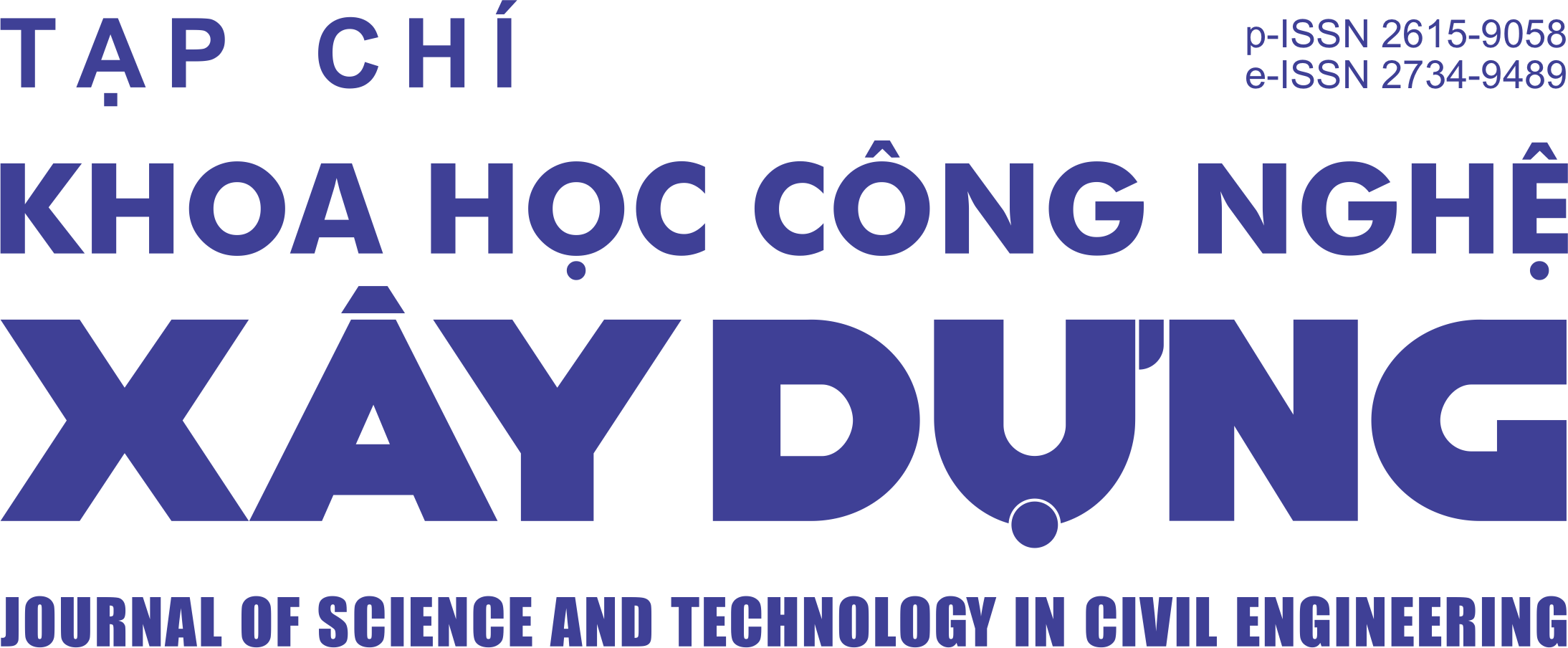Assessment of trihalomethanes formation during the treatment of surface water in coastal areas
Abstract
With the impact of global climate change, saline intrusion into surface water in coastal areas has become a major issue. The water treatment using surface water in these areas has to deal with double issue including organic matters and salinity. This paper evaluated the trihalomethanes (THMs) formation during the treatment of surface water at pilot scale using different disinfection dose and at different salinity levels. The initial results revealed that Chloroform and Bromoform were all met the standard for domestic water at any residual chlorine concentrations, however, Bromodichloromethane and Dibromochloromethane compounds were all found higher than the acceptable values when the residual chlorine concentrations were greater than 0.4 and 0.8 mg/L, respectively. In addition, the higher salinity, the higher values of THMs were obtained. With the impact of salt intrusion, the presence of Br- was more available in the river which increased the chances of forming Bromodichloromethane and Dibromochloromethane substances. As a result, it is recommended to control completely organic matters in the treated water before using chlorination for disinfection, when employing surface water in coastal areas.
Downloads
Copyright (c) 2024 Hanoi University of Civil Engineering

This work is licensed under a Creative Commons Attribution-NonCommercial-NoDerivatives 4.0 International License.
1. The Author assigns all copyright in and to the article (the Work) to the Journal of Science and Technology in Civil Engineering (JSTCE) – Hanoi University of Civil Engineering (HUCE), including the right to publish, republish, transmit, sell and distribute the Work in whole or in part in electronic and print editions of the Journal, in all media of expression now known or later developed.
2. By this assignment of copyright to the JSTCE, reproduction, posting, transmission, distribution or other use of the Work in whole or in part in any medium by the Author requires a full citation to the Journal, suitable in form and content as follows: title of article, authors’ names, journal title, volume, issue, year, copyright owner as specified in the Journal, DOI number. Links to the final article published on the website of the Journal are encouraged.
3. The Author and the company/employer agree that any and all copies of the final published version of the Work or any part thereof distributed or posted by them in print or electronic format as permitted herein will include the notice of copyright as stipulated in the Journal and a full citation to the Journal as published on the website.







